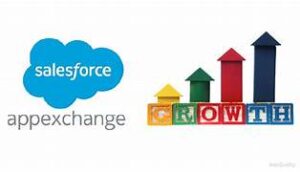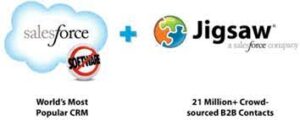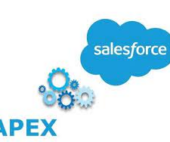Navigating Salesforce Releases: Why Release Management Matters
Have you ever faced a Salesforce update that caught you off guard, leaving you scrambling to adapt with limited time for testing? If so, you’re not alone. Some companies follow a structured plan before updates go live, while others rush at the last minute to address changes.
A key factor in avoiding this chaos is having a dedicated Salesforce Release Manager. However, not every business has an in-house expert for this role. Does it matter? Can this function be outsourced? Let’s explore the details.
What Is Salesforce Release Management?
Release management involves planning, scheduling, and overseeing changes to a software environment. In the Salesforce ecosystem, these changes stem from two sources:
- Salesforce’s Seasonal Updates: The platform typically rolls out new features and improvements three times a year—Spring, Summer, and Winter. These updates may require workflow adjustments and careful review.
- Internal and Third-Party Enhancements: Your organization or external developers may introduce custom features, integrations, or code updates at any time throughout the year.
A well-executed release management strategy helps prevent broken workflows and integration failures, minimizing downtime and user frustration while ensuring teams maximize the benefits of new functionalities.
The Role of a Salesforce Release Manager
A Salesforce Release Manager oversees updates, coordinates testing, and ensures a smooth transition for end users. Responsibilities typically include:
- Monitoring Release Notes & Roadmaps: Tracking Salesforce updates and internal development timelines.
- Overseeing Sandbox Testing: Ensuring changes are tested in a non-production environment.
- Coordinating Deployment Timelines: Collaborating with developers, admins, and stakeholders to schedule testing and releases efficiently.
- Assessing Risks & Maintaining Documentation: Identifying potential issues, keeping detailed records, and preparing rollback plans.
- Communicating Changes to Users: Providing clear instructions to ensure smooth adoption.
- Developing Rollback & Recovery Plans: Establishing contingency strategies in case of deployment failures.
Salesforce Release Management Strategy & Best Practices
Effective release management spans the entire development cycle, from planning to post-release evaluation. Here’s how to optimize the process:
- Planning & Alignment: Align release schedules with business goals and prioritize updates that impact key workflows.
- Testing & Validation: Use sandbox environments to test all updates before deployment. Involve end-users to identify potential issues.
- Deployment & Monitoring: Schedule updates strategically, monitor performance, collect user feedback, and prepare for rollbacks if needed.
Best practices for success include:
- Planning release timelines in advance
- Using dedicated sandbox environments
- Documenting changes thoroughly
- Conducting rigorous testing
- Communicating updates proactively
- Having a rollback strategy in place
Recommended Salesforce Release Management Tools
Several tools can streamline Salesforce release management:
- Flosum: A 100% native DevOps platform for Salesforce, offering CI/CD pipelines, version control, and compliance features.
- Copado Essentials: A user-friendly release management tool with automated deployments, metadata comparison, and Git integration.
- Hutte: A DevOps platform designed for intuitive org management, Git-based development, and simplified release tracking.
Who Should Manage Salesforce Releases?
The right approach depends on your organization’s size, complexity, and available expertise. Large enterprises often have dedicated teams, while smaller businesses may rely on Salesforce Administrators. Alternatively, some organizations opt for outsourced release management to cut costs and access specialized expertise as needed.
Hiring a Salesforce Release Manager: Costs & Considerations
Salaries vary by location and experience level. Here are estimated costs:
| Country | Average Hourly Pay | Average Monthly Pay |
|---|---|---|
| United States | $65 – $94 | $11.3K – $16.2K |
| Canada | CA$35 – CA$57 (USD $25 – $40) | CA$6K – CA$9.8K (USD $4.2K – $6.9K) |
| United Kingdom | £20 – £36 (USD $25 – $45) | £3.4K – £6.2K (USD $4.3K – $7.8K) |
Should You Outsource Salesforce Release Management?
Outsourcing can be cost-effective for businesses that don’t require continuous release management. An external expert can streamline deployments, reduce risks, and ensure smooth updates. However, for companies with frequent, complex updates, a full-time in-house specialist may provide more consistency.
Conclusion
Whether managed in-house or outsourced, a well-structured Salesforce release management strategy is essential to maintaining system stability and efficiency. Investing in the right expertise ensures seamless transitions, minimal disruptions, and maximum value from every Salesforce update. Need help optimizing your release management? Contact us today.













